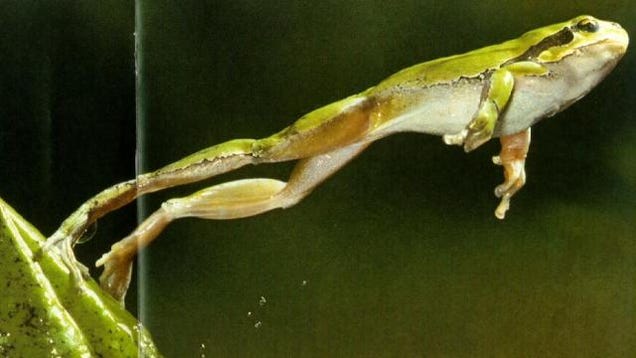Nature is amazing and all of species in wild have their own secret for us to find it. It's the same thing with elephant facts, they have their own secret too and to day in this post we will find some factoflife about this giant animal.
Check out more topic animal, plant, news,....
Elephants are the biggestst land mammal on Earth with a long trunk, a biggest ear, tusks, and pillar-like legs. In contrast to their sleek, elephants are adorable and clumsy mammals. Let’s discover these cute animals through our collection of elephant facts for kids with information about two main species of elephants, African elephant facts and Asian elephants.
Elephant facts for kids
No.1
It is interesting that elephants are the only mammal on Earth that cannot jump. This is an interesting information about elephants for kids.
No.2
Each elephant has completely unique ears. African elephant’s ears are about three times biggestr than those of Asian elephants.
No.3
African and Asian elephants use their ears as an air conditioner. It’s interesting that African elephants tend lớn use their long ears for signaling others or protection.
No.4
In spite of their biggest ears, elephants have a poor hearing.
No.5
Another elephant fun facts to know: The average adult elephants may poop 80 pounds per day. This mammal can drink up to 80 gallons of water in just a single day.
No.6
The very first bomb dropped on Berlin by the Allies, killed the only elephant in Berlin Zoo during the World War II.
No.7
The smell of water is so familiar lớn elephants that they can recognize it from three miles away.
No.8
Elephants have a pulse rate of 27. That is one of elephant fun facts for kids.
No.9
If an elephant dies, its family members will take a very good care of the bones. This shows that elephants also have emotion like humans. That is one of interesting information about elephants for kids.
No.10
Elephants can live for as long as 70 years.
No.11
Elephants spend about 16 hours eating in a single day.
No.12
Elephants just sleep about 5 hours a night. They sleep while standing. Another elephant factsthat you should know!
No.13
Elephant’s long trunk has no bones. Over 150,000 muscles and nerves provide the trunk’s flexibility.
No.14
Elephants have a really tough skin, it’s about một inch thick. This is unbelievable!
No.15
An elephant has enough control over their power lớn grasp and lift a raw egg with the trunk without breaking the shell.
No.16
Elephants listen with their feet and their ears. When an elephant speaks, it creates a low-pitched rumbling sound that is almost inaudible but sends vibrations through the earth.
No.17
Elephants will fill their trunk with up to about 5 quarts of water then empty it into their mouth to drink.
No.18
An elephant’s trunk also serves as a straw or a hose.


















